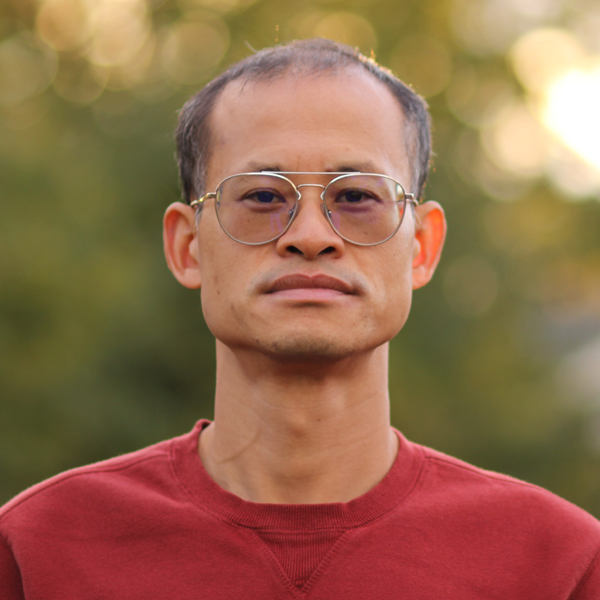Yuheng Chen is a Researcher in the Optical Networking and Sensing Department at NEC Laboratories America in Princeton, NJ. He earned his Ph.D. in Aerospace Engineering from the Technion – Israel Institute of Technology, where his thesis focused on laser-induced aerosol dynamics and spectroscopy. He also holds an M.S. in Automatic Control Engineering and a B.S. in Automatic Control Engineering from Huazhong University of Science and Technology, China. Before joining NEC, Dr. Chen conducted postdoctoral research at Technion, Princeton University in the Department of Geosciences, and the Biodesign Institute at Arizona State University, where he expanded his expertise in spectroscopy, optical sensing, and chemical detection.
Dr. Chen’s research focuses on advancing distributed optical fiber sensing and developing innovative signal reconstruction methods that enhance both sensitivity and scalability. By leveraging coherent reflectometry, acoustic backscatter, and advanced inference techniques, he designs sensing architectures capable of detecting subtle variations in vibration, strain, and temperature across large-scale infrastructures. His work addresses key challenges in noise reduction, resolution enhancement, and low-power implementation, enabling distributed acoustic sensing (DAS) systems that are both cost-effective and robust under real-world conditions. His publications in venues such as Journal of Lightwave Technology and IEEE Transactions on Intelligent Transportation Systems highlight his impact on both theoretical advances and applied engineering solutions.
At NEC, Dr. Chen integrates physics-based modeling with AI-enhanced signal processing to develop the next generation of intelligent fiber-optic sensing systems. His contributions directly support NEC’s leadership in smart infrastructure monitoring, digital twins, and real-time diagnostics for transportation, energy, and communications networks. From detecting roadway anomalies and monitoring bridges and tunnels to enabling predictive maintenance in industrial systems, his work transforms complex optical signals into actionable insights. By combining optics, signal processing, and applied AI, he is helping create scalable sensing platforms that improve safety, reliability, and long-term resilience in critical infrastructure worldwide.


